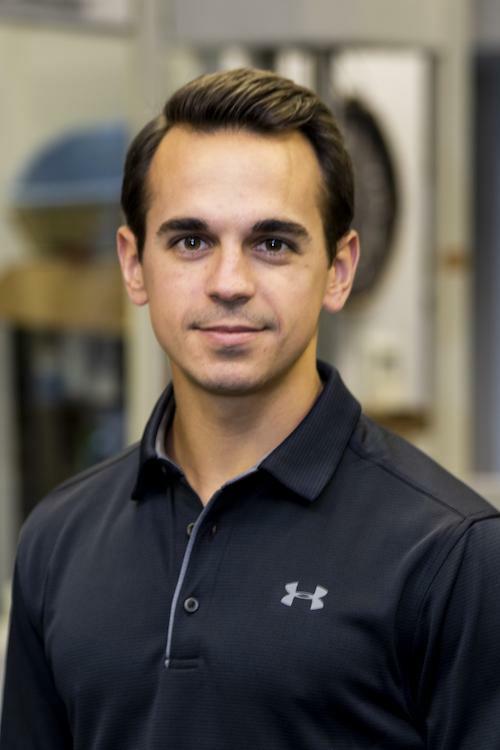
There are few times in life as beautiful and transformative for a family as bringing a child into the world. It is an acknowledgment to yourself that you are capable and ready to pass on that which has made you who you are to another being so that it will live on. For mom, it is also an acceptance that her body is going to go through some fairly significant changes over the coming year and a half.
The first roughly nine months of this transformation will be dedicated to the baby. During this time mom is merely a vehicle for allowing the child to grow, develop, and prepare the platform that everything will be built upon over the course of its life. The second nine months, on the other hand, are dedicated to mom. Once the baby has been born her body goes through just as many changes to lead her back to a similar place that she started before the baby was conceived. If she takes this second nine-month window seriously, she may even find herself in a better place mentally, emotionally and even physically than before this whole journey began.

As a chiropractor, I have the unique privilege of helping with all three of these avenues, but especially the structural piece. In my opinion, there is not a technique better suited for bringing balance to the prenatal pelvis than the Webster Technique. It has proven to be the most well accepted and comprehensive chiropractic technique in the birthing community and I have gotten to see it work in amazing ways.

In the clinic, I’m able to use my background in sports medicine and injury rehabilitation to elaborate on the Webster Technique to include therapeutic exercises and further soft tissue treatments that compliment as well as enhance its effects. Bringing balance to an area often involves both structural releases as well as strengthening to some extent. Strengthening and understanding proper bracing is absolutely crucial given the hormones that are now being produced to relax the ligaments and allow for expansion as the baby develops.
This is a critically important phenomenon however it does make these structures around the low back and pelvis even more vulnerable to malposition. Understanding how to functionally brace during movement will teach mom to spare vital structures such as the expanding sacroiliac joints or the pelvic floor that is so commonly affected postpartum. As it turns out, peeing on yourself when running after having a baby isn’t something that you have to subject yourself to, and specific strengthening and bracing can help to prevent things like this from happening.

The list goes on. The exam will also include a full biomechanical analysis so that we know precisely how best to bring balance to your body. The first adjustment utilizing Webster will always take place on the same day as the exam so as to maximize the efficiency of mom’s time. In consecutive visits, we will begin to add more strengthening and bracing work as we continue to bring further balance to the pelvis.
Once we have made sufficient headway in reaching the goals we have laid out, maintenance care will be highly encouraged to ensure the changes that we’ve made will be preserved over the course of the pregnancy. From 35 weeks to birth I’d like to see a mom every week as we gear up for their big day. This time is incredibly valuable as the risk for the baby to move into malpresentation increases. It will then be imperative that the pelvis is in as optimal a position as possible to attempt to avoid that from happening.
 Prenatal and Postpartum Care Provided at Knoxville Spine and Sports
Prenatal and Postpartum Care Provided at Knoxville Spine and SportsAt the end of the day, the birthing experience that mom wants to have is always going to be the right one for her and her family. Having people around to help get her to get there will be one of the most important aspects of achieving this goal. Allow us to come alongside to give mom the experience she deserves.
-Dr. Matt Campbell, D.C.

430 Montbrook Lane Suite 203
Knoxville, TN
37919
Phone: 865-337-5574
Monday
7am-12pm & 1pm-6pm
Tuesday
7am-12pm & 1pm-4pm
Wednesday
7am-1pm
Thursday
7am-12pm & 1pm-6pm
Friday
7am-12pm & 1pm-4pm
Saturday & Sunday
Closed